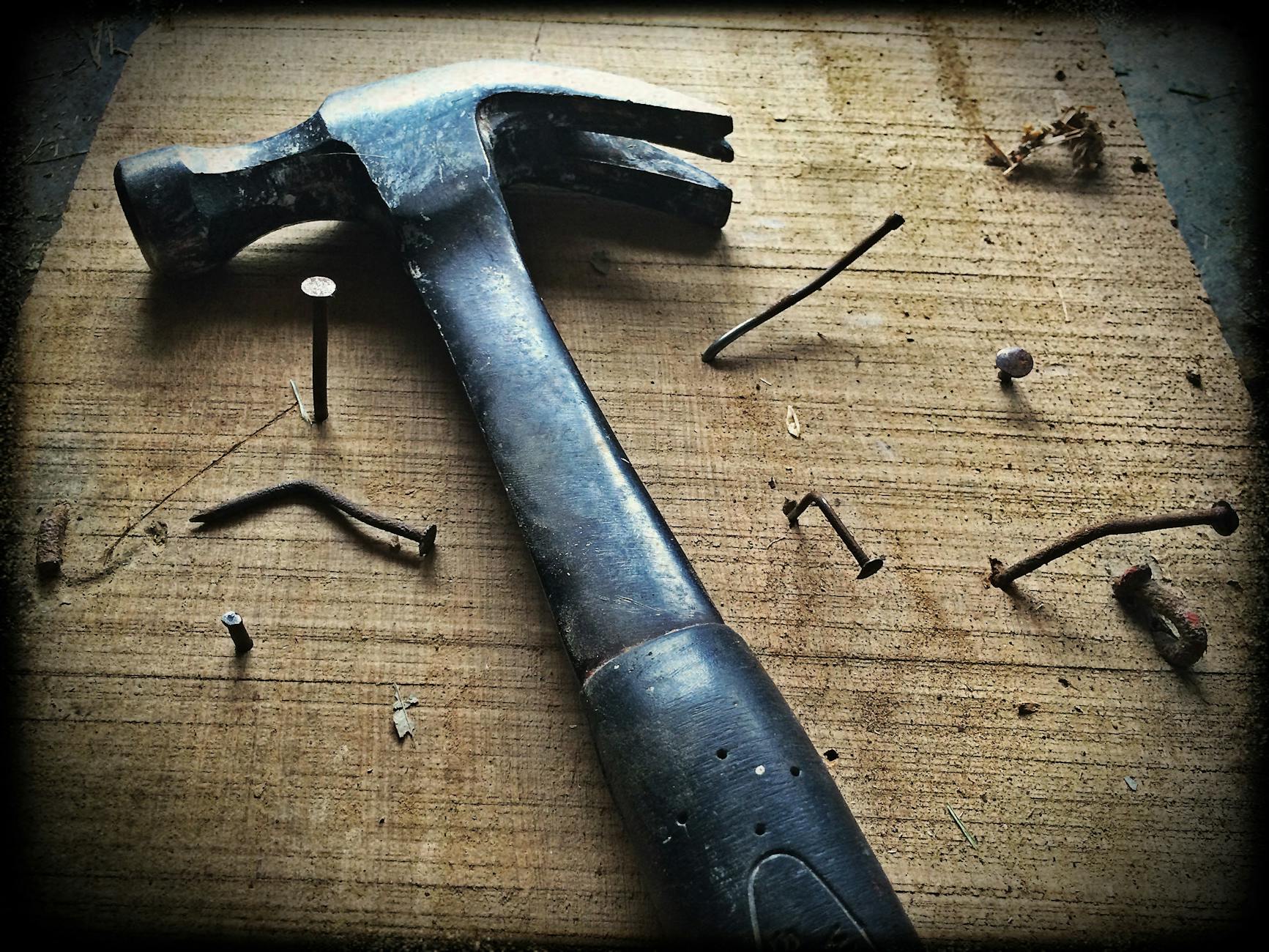Kaizen, a Japanese term meaning “continuous improvement,” has become a widely recognized concept in the realm of personal development and professional growth. But what exactly does Kaizen entail, and how can it be applied to our daily lives to drive positive change?
At its core, Kaizen emphasizes the idea of making small, incremental improvements consistently. Rather than seeking overnight transformation, Kaizen encourages individuals to focus on taking small, manageable steps toward their goals each day. This approach not only minimizes feelings of overwhelm but also fosters a sense of progress and accomplishment over time.
One of the key principles of Kaizen is the belief that even the smallest improvements can lead to significant results in the long run. By embracing this philosophy, individuals can break down daunting tasks into more manageable parts, making it easier to stay motivated and on track.
In this blog post, we will delve deeper into the concept of Kaizen, exploring its origins, core principles, and practical strategies for implementation. Whether you are looking to enhance your personal productivity, streamline your workflow, or cultivate healthier habits, incorporating Kaizen into your life can pave the way for lasting positive change.
Understanding Kaizen
Kaizen, a Japanese term meaning “continuous improvement,” is a concept focused on making ongoing enhancements in all aspects of a business. This section will delve into the definition of Kaizen, its origins, and the key principles that drive its implementation.
Definition of Kaizen
Kaizen involves a mindset of continuous improvement and efficiency gains within an organization. It stresses the importance of making small, incremental changes to processes, products, or services to achieve better results over time. By encouraging participation from all levels of the organization, Kaizen fosters a culture where employees are empowered to identify and address areas for improvement proactively.
Origins of Kaizen
Kaizen traces its roots back to post-World War II Japan, where the country focused on rebuilding its economy. The philosophy of Kaizen emerged as a response to the need for sustained growth and competitiveness. Over time, companies like Toyota adopted Kaizen principles and integrated them into their management practices, paving the way for its widespread adoption in industries worldwide.

Key Principles of Kaizen
The key principles of Kaizen revolve around continuous improvement, employee involvement, waste reduction, standardization, and sustainable change. By fostering a culture of collaboration and innovation, organizations can drive productivity, quality, and customer satisfaction. Kaizen aims to streamline processes, eliminate inefficiencies, and enhance overall performance through a systematic approach to problem-solving.
For further insights into Kaizen and its practical applications, you can explore additional resources here, here, and here. These sources offer valuable information on how Kaizen can revolutionize operational excellence and drive continuous growth within organizations.
Benefits of Implementing Kaizen
Implementing Kaizen in the workplace brings forth numerous advantages. Let’s delve into some key benefits that come with integrating Kaizen principles into your organization:
Enhanced Productivity
Kaizen focuses on incremental improvements that lead to significant enhancements in productivity over time. By encouraging employees to constantly look for ways to streamline processes and eliminate waste, businesses can achieve higher efficiency levels. This approach fosters a culture of continuous improvement where even minor adjustments can result in substantial productivity gains.

Continuous Improvement Culture
One of the core principles of Kaizen is the establishment of a continuous improvement culture within the organization. This culture empowers employees at all levels to contribute ideas, identify problems, and suggest solutions for ongoing enhancements. By fostering a mindset where every individual plays a role in improving processes, businesses can adapt more quickly to changes and stay ahead of the competition.
Employee Engagement and Satisfaction
Implementing Kaizen can significantly boost employee engagement and satisfaction. By involving employees in decision-making processes and valuing their input, organizations create a sense of ownership and purpose among team members. This heightened engagement leads to increased job satisfaction, motivation, and loyalty. When employees feel that their contributions are valued and see the positive impact of their suggestions, it fosters a positive work environment and enhances overall job satisfaction.
For further insights into the benefits of Kaizen, you can explore additional resources like What are the Benefits of Kaizen?, Kaizen Benefits, and What are the benefits of Kaizen (continuous improvement)?.
Stay tuned for more on how Kaizen practices can revolutionize your business operations!
Implementing Kaizen in the Workplace
Implementing Kaizen in the workplace involves a strategic approach to continuous improvement that can enhance efficiency and productivity. By fostering a culture of continuous improvement, businesses can stay competitive and adapt to changing market demands effectively.
Formation of Cross-Functional Teams
Creating cross-functional teams is essential in implementing Kaizen in the workplace. These teams bring together individuals from different departments and levels within the organization to collaborate on improvement projects. By leveraging diverse expertise and perspectives, cross-functional teams can identify innovative solutions to enhance processes and workflows.

Identifying Areas for Improvement
Identifying areas for improvement is a crucial step in the Kaizen process. By conducting thorough assessments of current practices and workflows, organizations can pinpoint bottlenecks, inefficiencies, and opportunities for enhancement. This step sets the foundation for targeted improvement initiatives that can lead to tangible results.
PDCA Cycle in Kaizen
The PDCA (Plan-Do-Check-Act) cycle is a fundamental methodology in Kaizen that drives continuous improvement. This iterative four-step approach involves planning a change, executing it on a small scale, observing the results, and then adjusting based on the outcomes. By following the PDCA cycle, organizations can systematically implement and evaluate improvements to optimize processes effectively.

Implementing Kaizen in the workplace through cross-functional teams, identifying areas for improvement, and applying the PDCA cycle can drive continuous growth and innovation within organizations. Embracing a culture of Kaizen empowers employees to contribute to ongoing improvements and fosters a dynamic environment focused on excellence.
Tools and Techniques Used in Kaizen
Kaizen, a philosophy centered on continuous improvement, relies on various tools and techniques to enhance productivity and efficiency within organizations. Let’s delve into some of the key methodologies utilized in the implementation of Kaizen.
5S Methodology
One prominent tool in the Kaizen toolkit is the 5S Methodology. This method focuses on creating a well-organized and efficient workplace by implementing the principles of Sort, Set in Order, Shine, Standardize, and Sustain. By following these steps, organizations can improve safety, quality, and overall operational efficiency.
Kanban System
Another essential technique in Kaizen is the Kanban System. Originating from Lean manufacturing, Kanban is a visual scheduling system that helps teams manage workflow and tasks effectively. By visualizing work in progress and setting limits on work items, the Kanban System enhances transparency, promotes collaboration, and reduces waste in processes.
Kaizen Events (Kaizen Blitz)
Kaizen Events, also known as Kaizen Blitz, are intensive and focused improvement initiatives aimed at making significant advancements in a short period. During a Kaizen Event, cross-functional teams come together to identify and implement immediate improvements in specific processes or areas. These rapid improvement events foster teamwork, creativity, and continuous enhancement within the organization.
By leveraging the 5S Methodology, Kanban System, and Kaizen Events, businesses can streamline operations, drive innovation, and foster a culture of continuous improvement as part of their Kaizen journey.

Examples of Successful Kaizen Implementations
Kaizen, a Japanese concept meaning “continuous improvement,” has been effectively implemented by various organizations worldwide, leading to remarkable positive changes in their operations. Let’s delve into two notable success stories of Kaizen implementations.
Toyota Production System
The Toyota Production System (TPS) is renowned for its exemplary application of Kaizen principles. Toyota embraced Kaizen as a core philosophy, focusing on empowering employees to identify and implement small, incremental improvements in their work processes. By encouraging a culture of continuous improvement, Toyota achieved significant advancements in efficiency, quality, and waste reduction.

Lean Manufacturing
Another prime example of successful Kaizen implementation is observed in the realm of Lean Manufacturing. Companies adopting Lean principles, derived from Kaizen practices, prioritize eliminating non-value-added activities and enhancing overall productivity. Through continuous Kaizen initiatives, organizations experience streamlined processes, reduced lead times, and enhanced customer satisfaction.
For further insights into successful Kaizen implementations, explore real-world cases and strategies applied by leading companies like Toyota, Sony, Canon, Honda, Samsung, JTI, and Panasonic, as detailed in 7 APAC companies that embraced Kaizen. These examples showcase the tangible benefits and transformative impact of integrating Kaizen methodologies into business operations.
Challenges in Adopting Kaizen
Implementing Kaizen in an organization can be a transformative process, but it is not without its challenges. Two significant hurdles that businesses often encounter when adopting Kaizen are Resistance to Change and Sustaining the Kaizen Culture.
Resistance to Change
Resistance to change is a common obstacle in the path of implementing Kaizen practices. Employees may be comfortable with existing routines and processes, making them hesitant to embrace new methodologies. Overcoming this resistance requires effective communication, education, and involvement of employees in the change process. Leaders must clearly articulate the benefits of Kaizen and address any concerns or fears that employees may have. Creating a culture that celebrates small improvements and values continuous learning can help alleviate resistance and foster a more receptive environment for change.

Sustaining the Kaizen Culture
Maintaining a Kaizen culture over the long term requires perseverance and dedication. It is not enough to launch Kaizen initiatives; organizations must actively nurture and sustain the culture of continuous improvement. Leaders play a crucial role in setting the tone for the organization by encouraging experimentation, rewarding innovation, and providing the necessary resources for employees to implement improvements. Regular training, feedback mechanisms, and performance evaluations aligned with Kaizen principles can help keep the momentum going and embed the culture deep within the organization’s DNA.

Future Trends in Kaizen
With the evolution of technology, the future of Kaizen involves a significant shift towards integrating advanced tools to streamline processes and enhance efficiency. Embracing technology has become a cornerstone of modern Kaizen practices, enabling organizations to automate tasks, collect real-time data for analysis, and implement continuous improvements seamlessly.
Integration of Technology
Incorporating technology such as data analytics, artificial intelligence, and automation into Kaizen methodologies has revolutionized how businesses optimize their operations. Data-driven insights play a crucial role in identifying improvement opportunities, predicting trends, and making informed decisions to drive sustainable growth. By leveraging technology, companies can accelerate their Kaizen initiatives, reduce waste, and boost overall productivity.

Kaizen in Service Industries
Kaizen principles are not limited to manufacturing but are increasingly being applied in service industries such as healthcare, hospitality, and finance. Service-oriented organizations are adopting Kaizen to enhance customer experiences, optimize processes, and foster a culture of continuous improvement. By focusing on delivering value and minimizing inefficiencies, service providers can achieve heightened customer satisfaction and operational excellence.

Conclusion
In conclusion, Kaizen is not just a business strategy; it is a mindset that fosters continuous improvement and growth. By implementing Kaizen principles, businesses can enhance efficiency, productivity, and overall success. Embracing the philosophy of Kaizen empowers organizations to adapt to changing market dynamics and stay ahead of the competition. Remember, small incremental changes can lead to significant transformations over time. Incorporating Kaizen into your business culture can pave the way for long-term sustainability and prosperity. Start your Kaizen journey today and witness the positive impact it can have on your organization’s bottom line.
Related Articles:









